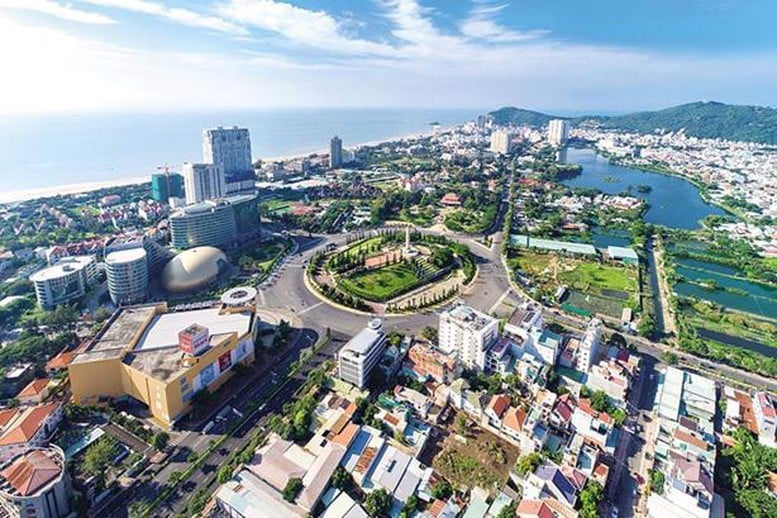 |
| Today (June 30), resolutions and decisions on merging and appointing personnel at the provincial and communal levels will be announced. (Photo: baochinhphu.vn) |
This is a major political event, of historical significance for the country, when the country is rearranged not only to be more compact but also to develop more strongly. This is a historical turning point for the country, the beginning of a new development opportunity - for a prosperous, happy and sustainable Vietnam.
General Secretary To Lam will attend the announcement ceremony in Ho Chi Minh City, President Luong Cuong will attend the announcement ceremony in Hanoi , Prime Minister Pham Minh Chinh will attend the announcement ceremony in Hai Phong City, National Assembly Chairman Tran Thanh Man will attend the announcement ceremony in Can Tho City; Standing member of the Secretariat Tran Cam Tu will attend the announcement ceremony in Da Nang City. Many Party and State leaders will also attend the announcement ceremony in localities.
Resolutions and decisions will be announced at the ceremony , including: Resolution of the National Assembly on the establishment of provinces and cities; Decision of the Politburo on the establishment of provincial and municipal Party Committees; Decision of the Politburo on the appointment of the Executive Committee, Standing Committee, Secretary, Deputy Secretary of the Provincial Party Committee, City Party Committee for the 2020-2025 term; Decision of the Secretariat on the appointment of the Inspection Committee, Chairman, and Deputy Chairmen of the Provincial Inspection Committee.
Resolution of the National Assembly Standing Committee on the appointment of Chairman and Vice Chairman of the People's Council; Heads of committees of the People's Council of provinces and cities; Head and Deputy Head of the National Assembly Delegation of provinces and cities.
Decision of the Prime Minister on appointing the Chairman and Vice Chairman of the People's Committee of provinces and cities; Decision of the Central Committee of the Vietnam Fatherland Front on establishing the Vietnam Fatherland Front Committee of provinces and cities.
Resolutions and decisions of the Central and provincial governments on communes, wards and special zones : Resolution of the National Assembly Standing Committee on the establishment of communes, wards and special zones in provinces and cities; Decision of the Provincial Party Executive Committee on the termination of activities of district and commune-level party committees (old).
Decision of the Provincial and Municipal Party Executive Committee on the establishment of Party Committees of communes, wards and special zones; Decision on appointing personnel of the Executive Committee and Standing Committee; Decision on appointing the Chairman, Vice Chairman and Head of the People's Council; Decision on appointing the Chairman and Vice Chairman of the People's Committee of communes, wards and special zones.
Along with that is the Decision of the Provincial Vietnam Fatherland Front Committee to establish the commune-level Vietnam Fatherland Front.
The above decisions will be presented and introduced to the Provincial and City Party Committees, Commune, Ward and Special Zone Party Committees at the Announcement Ceremony.
An unprecedented turning point in modern history
Never in nearly half a century has the administrative map of Vietnam changed so dramatically. Not only is it a change in boundaries, this is a milestone that opens a new stage of development with a two-level local government apparatus that is streamlined, effective, efficient, and closer to the people, serving the people better.
On April 12, 2025, the Party Central Committee issued Resolution No. 60-NQ/TW, agreeing on the plan to merge provincial-level administrative units, not organize district-level units, merge commune-level units, and build a two-level local government model. The Politburo and the Secretariat have made important conclusions on the arrangement of the apparatus and administrative units.
With the Resolution passed by the National Assembly on June 12, 2025, from 63 provinces and centrally-run cities, the country now has 34 provincial-level administrative units - the lowest number since the country's reunification. This is also the largest-scale adjustment of provincial-level administrative boundaries in modern history, reflecting the determination to fundamentally, strongly and strategically reform the state apparatus.
The National Assembly Standing Committee also passed 34 Resolutions on the arrangement of commune-level administrative units in 2025. With these Resolutions, the total number of 10,035 commune-level administrative units nationwide will be reduced to 3,321 units, including 2,621 communes, 687 wards and 13 special zones.
Not simply a change of boundaries, this arrangement represents a new way of thinking about national governance, which Minister of Home Affairs Pham Thi Thanh Tra assessed as a "comprehensive and thorough revolution". The merger of administrative units is not only related to geographical or population factors but also carefully considered from many aspects: History, culture, ethnicity, religion, development philosophy, social psychology...
Moreover, this reform is associated with the construction of a two-tier local government model instead of the current three-tier model. This is a new government organization model, considered to be in line with international trends, modern and aiming for higher administrative efficiency.
Prime Minister Pham Minh Chinh once emphasized that this revolution is also a solution, along with other solutions such as implementing the "four pillars" to contribute to promoting growth from 8% this year and double digits in the coming years, realizing the two 100-year goals set. These are also additional solutions compared to the Resolution of the 13th National Party Congress.
The Prime Minister stated that in this organizational revolution, the most important thing is to transform the state of the political apparatus (including Party agencies, government, Fatherland Front and socio-political organizations) from passively receiving and solving problems of people and businesses to creating, proactively serving and solving the work and problems of people and businesses.
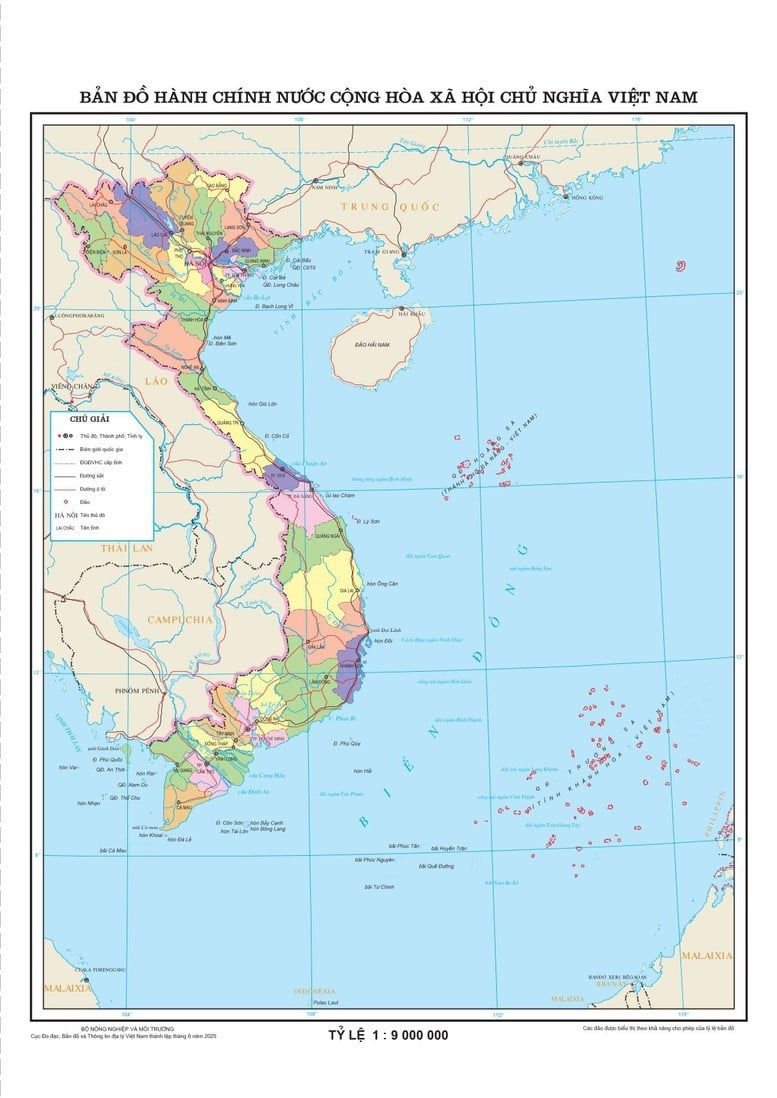 |
| Administrative map of the Socialist Republic of Vietnam. (Photo: baochinhphu.vn) |
Ready to operate 2-level local government
In order to ensure the transition to a two-tier local government model from July 1, 2025, the National Assembly passed a series of important laws and resolutions at the 9th Session. This was the session with the largest legislative volume in many years, with 34 laws and 14 resolutions passed.
In particular, the National Assembly passed a Resolution amending and supplementing a number of articles of the Constitution of the Socialist Republic of Vietnam, along with many synchronous laws and resolutions, creating a legal basis for innovation and arrangement of the two-level local government apparatus.
Along with that, in recent times, the Government and the Prime Minister have given drastic, close and timely instructions, organized many important conferences and meetings to thoroughly grasp and seriously implement the instructions of the Politburo and General Secretary To Lam on key tasks serving the implementation of the two-level local government organization model from July 1, 2025.
Many dispatches of the Prime Minister have been issued consecutively to urge ministries, branches and localities to fully prepare necessary conditions, ensuring the operation of the new model is unified, smooth and effective nationwide.
During the question-and-answer session at the 9th Session, Permanent Deputy Prime Minister Nguyen Hoa Binh affirmed that the Government has carefully prepared institutions, decentralization, delegation of authority, human resources, infrastructure, technology and necessary support mechanisms to ensure the new model operates smoothly and without interruption.
Social consensus, the power of great solidarity - the foundation of success
One of the factors that created strength for this administrative reform is the broad consensus throughout society. From the central to local levels, from the political system to the people, everyone demonstrated a sense of responsibility, initiative, and companionship.
Minister of Home Affairs Pham Thi Thanh Tra emphasized: "We are moving at an urgent but certain pace. Each step is a turning point in a new development space."
This consensus is not only demonstrated by the high voting rate in the National Assembly or the results of public consultation on the arrangement of administrative units at the provincial and communal levels – but also by the readiness of localities. Many officials have worked through the night to complete the preparation work, as seen in the image of "lighting up the headquarters" in many localities. New headquarters, rearranged records, replaced signs – all show a readiness to welcome a new, more effective apparatus.
Right before the moment of transition, General Secretary To Lam wrote an important article titled "The Power of Unity". In the article, the General Secretary quoted President Ho Chi Minh's immortal words: "Unity, unity, great unity - Success, success, great success" .
According to the General Secretary, President Ho Chi Minh's immortal saying from the mid-20th century to the present still retains its current value. The power of solidarity is not only a lesson drawn from the thousand-year-old reality of human life, but also the source of great achievements of human society. This is especially true in the history of Vietnam's revolution over the past century.
In the current period, when the whole country has been implementing the policy of streamlining the organizational apparatus of the political system; merging administrative units, "rearranging the country", organizing a sustainable development space for the country, the spirit of solidarity must be promoted more strongly than ever.
With the strategic vision and leadership of the Party, we are determined to maintain and promote the strength of great national unity, considering it the "source" and the "red thread" throughout, ensuring that all guidelines and policies of the Party and State are implemented thoroughly, consistently and effectively, best meeting all legitimate aspirations of the People.
According to Government Newspaper
https://baochinhphu.vn/truc-tiep-sang-30-6-ca-nuoc-cong-bo-nghi-quyet-quyet-dinh-sap-nhap-don-vi-hanh-chinh-chi-dinh-nhan-su-102250630063406336.htm
Source: https://thoidai.com.vn/sang-nay-306-ca-nuoc-cong-bo-nghi-quyet-quyet-dinh-ve-sap-nhap-don-vi-hanh-chinh-chi-dinh-nhan-su-214521.html



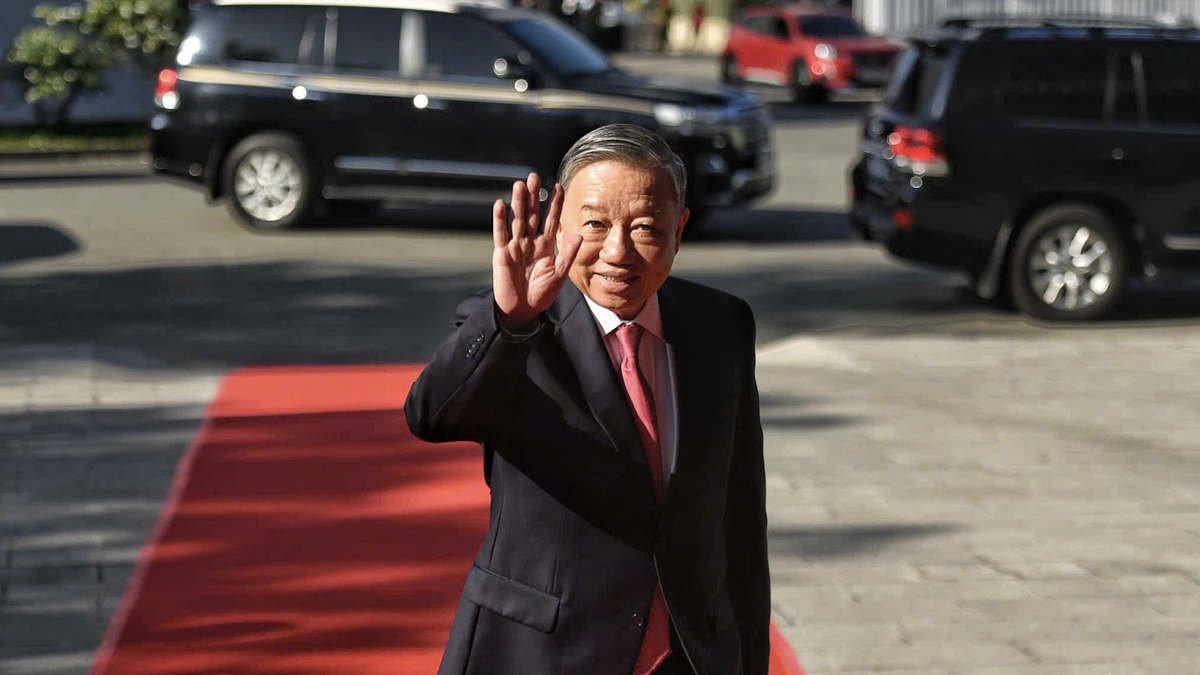
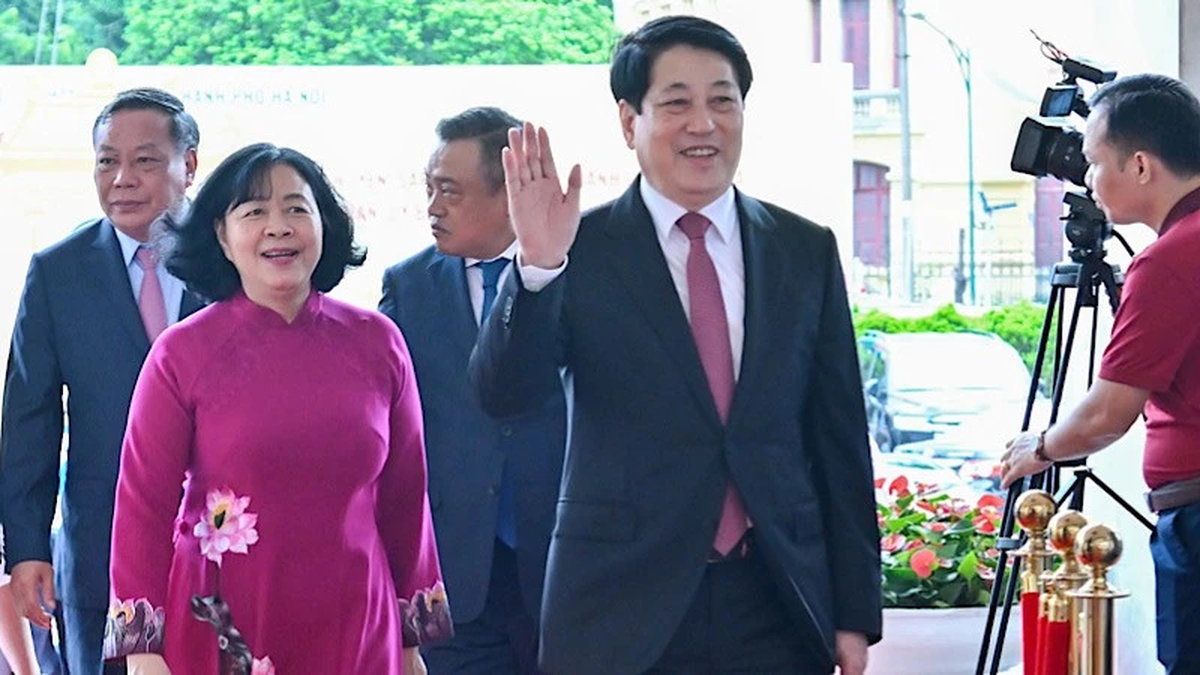





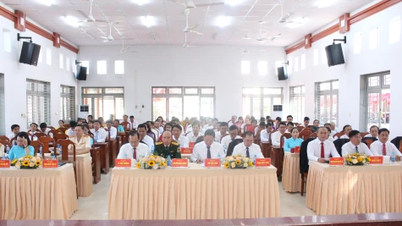





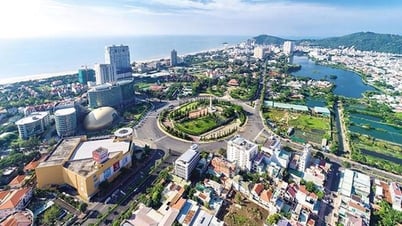



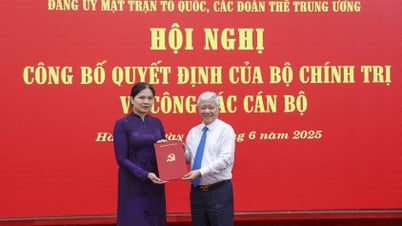


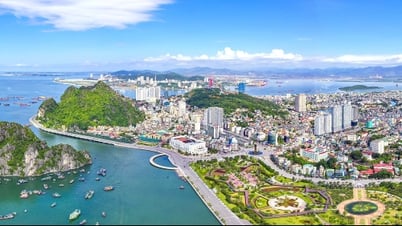
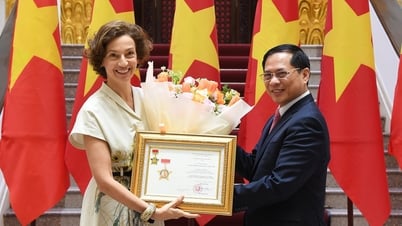
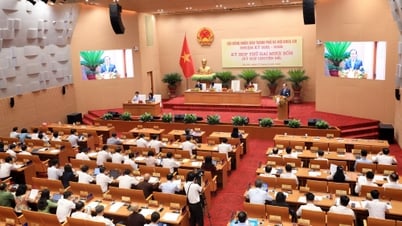




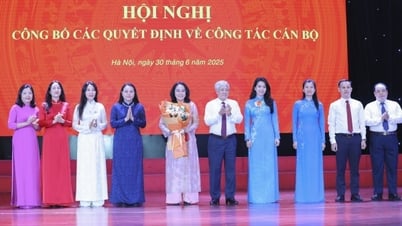
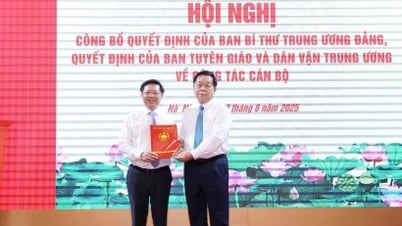

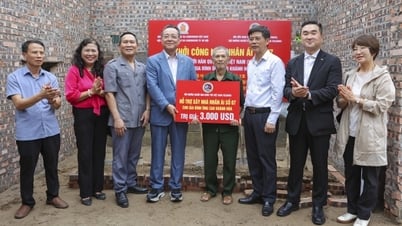
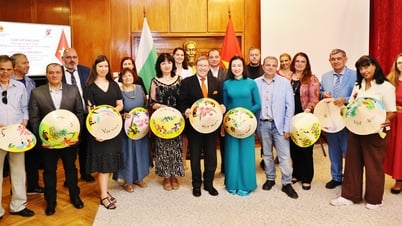
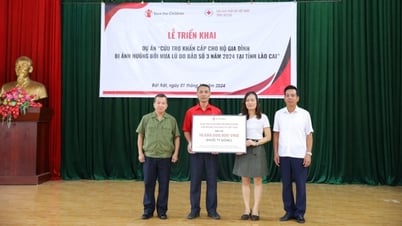
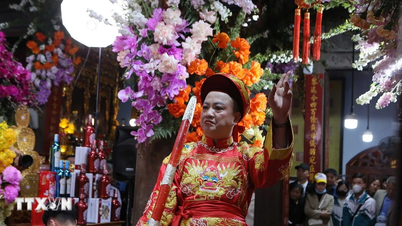
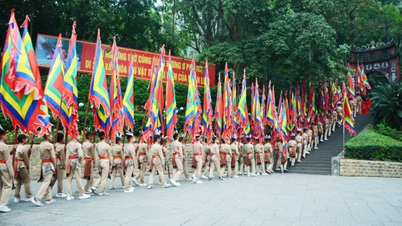









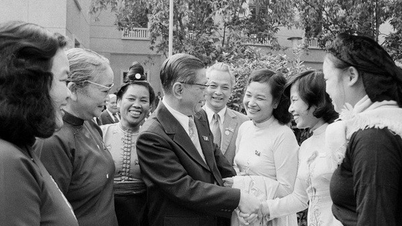








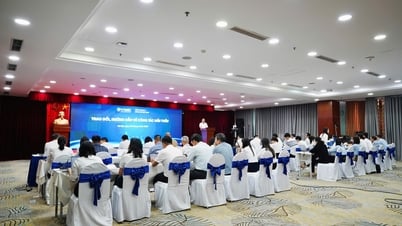




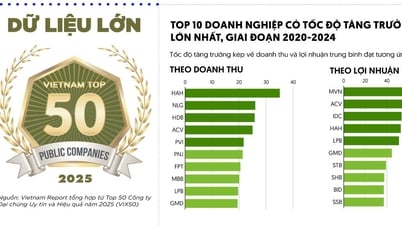



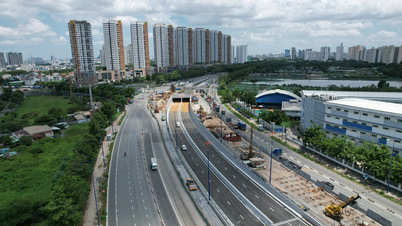






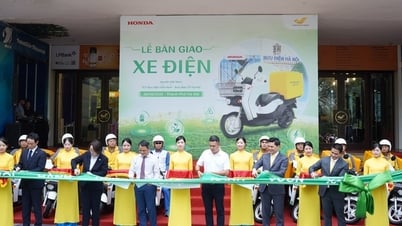


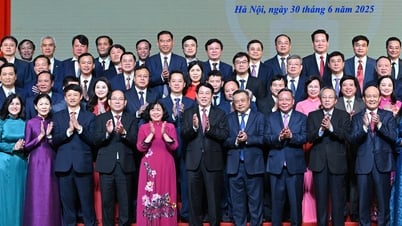


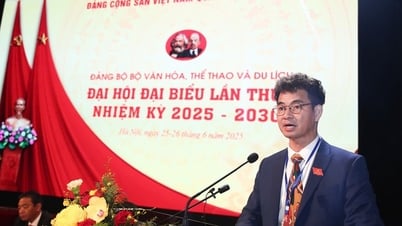


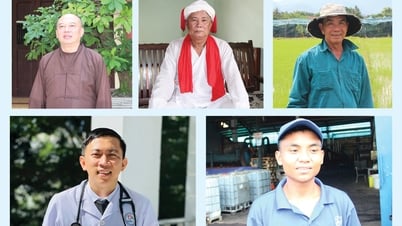












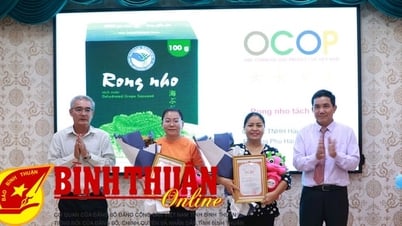



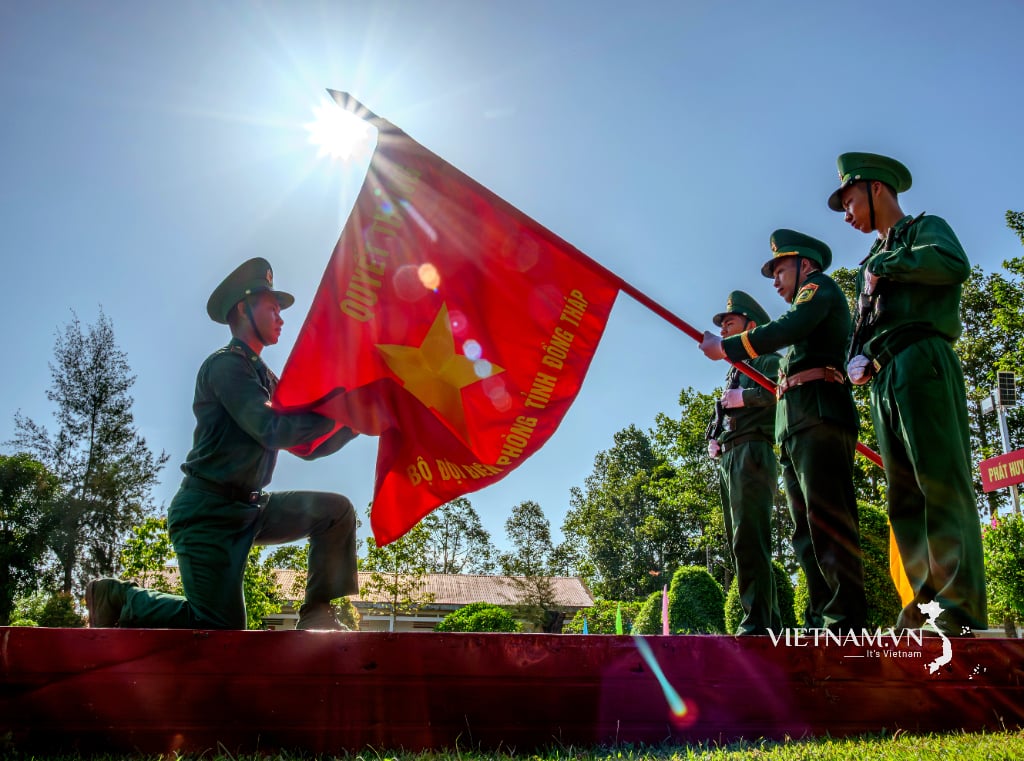



Comment (0)